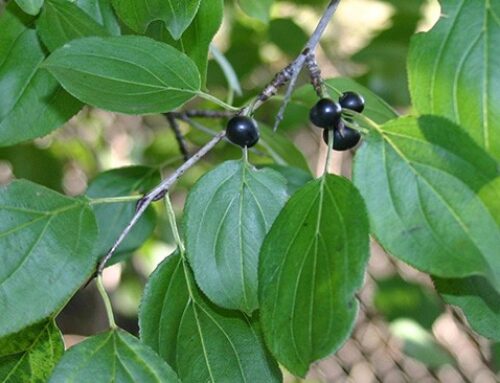Management to improve wildlife habitat at the Catamount Community Forest will begin this winter. This project is the first step in the implementation of an exciting Forest Management Plan (FMP) for the CCF adopted by the Town of Williston this summer.
This project, which will occur over one week in late December 2020 or early January 2021, will be funded by the U.S. Fish & Wildlife Service’s (USFWS) Partners for Fish and Wildlife Program. The project was developed and will be supervised by USFWS, the Chittenden County Forester (Vermont Dept. of Forests, Parks and Recreation), Audubon Vermont and the Vermont Dept. of Fish and Wildlife.
Why are we doing this work?
The main goal of this project is to create “early successional’ or “young forest” habitat. This type of habitat, which is created when a large-scale disturbance occurs in the forest, is extremely valuable to many species of wildlife and critical to several, including ruffed grouse and American woodcock. This is also a habitat type which is under-represented on Vermont’s landscape compared to historical levels, and which many conservation partners across the region are working to increase the prominence of in order to create a more resilient, ecologically-functional landscape.
Within the project area, efforts will also be made to create and enhance pockets of “shrubland” habitat. This habitat is critical for the golden winged warbler, a bird species of concern and a focus of extensive habitat improvement and conservation efforts by Audubon Vermont. Additional areas of Catamount are scheduled to be managed for golden winged warblers at a later date in its FMP.
A secondary goal of this work is to control invasive exotic plant infestations at the Catamount Community Forest. Several species of invasive exotic plants, most notably common buckthorn, shrub honeysuckle, multiflora rose and Japanese barberry, are established on the parcel. We will target these species for removal as part of this project, and additional funding from USFWS will allow us to treat invasives that re-sprout over the next few years.
How will we do it?
The project will consist of grinding trees and shrubs with a “brontosaurus” – a heavy-duty grinder head mounted on the body of an excavator. The “bronto” will grind invasive exotic plants like and unhealthy trees of a variety of species. Grinding will occur in two areas, a 1-acre patch and a 5-acre patch. The result will be “messy”, with lots of trees, tree tops, branches and wood lying on the ground. This is intentional! These features are critical to providing habitat for a wide range of wildlife species.
What does this mean for using Catamount Outdoor Family Center’s Trails?
We are working closely with the COFC to disrupt trails and trail usage as little as possible, and to avoid busy weekends. We will have to close a section of one major trail (Woods Trace) and two minor trails for 1-2 days each for safety, but all other trails will remain open and will be safe to use throughout the duration of the project. Stay tuned to COFC’s website to learn more.
How can I learn more?
You can learn more about this exciting project by visiting the story map here: https://arcg.is/mfyWG
You can also watch a recorded webinar on the project from this spring here: https://youtu.be/yg-lUANvPRk
To be kept informed of opportunities to learn more about this and other projects, sign up for the Chittenden County Forester’s email list, here: https://vermont.us7.list-manage.com/subscribe?u=58398f7a782118e355bf99377&id=58d2751d34
What’s next?
This wildlife habitat management project is just the first step in the implementation of Catamount’s exciting new FMP. The overarching goals of the FMP are to create and maintain a healthy, diverse, resilient forest with a wide array of wildlife habitats while demonstrating responsible forest management in an open, transparent and inclusive way.
The next project prescribed in the FMP will begin in late summer/early autumn 2021, when the Catamount Community Forest will partner with the University of Vermont as part of a long-term research project to help understand how to manage forests responsibly and adaptively in a changing climate.
This project at the Catamount Community Forest is part of a growing network of demonstration projects on town-owned forests in Chittenden County, including recent projects at the Hinesburg Town Forest and LaPlatte Headwaters Town Forest in Hinesburg, and an ongoing project at the Andrews Community Forest in Richmond. You can learn more about the work at the Hinesburg Town Forest in by reading a “story map” about it, here: https://arcg.is/0HqzTW0.
Ethan Tapper is the Chittenden County Forester. He can be reached at ethan.tapper@vermont.gov or (802) 585-9099.



